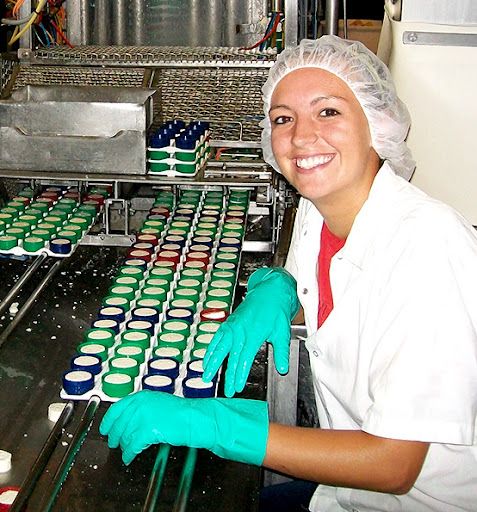First Germany and then the United Kingdom and France, they were the world’s largest cheese importers in 2020, according to statistics from the World Trade Organization (WTO).
German foreign purchases of cheese (including curd) totaled $ 4.71 billion last year.
Meanwhile, cheese imports to the UK were $ 2.174 million and France’s totaled $ 2.08 billion.
Other prominent cheese importers were in the following positions, in descending order: Italy (1,875 million dollars), Belgium (1,565 million), Netherlands (1,395 million), Japan (1,277 million), United States (1,234 million), Russia (1,222 million) and Spain (1,181 million).
Despite lower milk deliveries at the beginning of 2021, European Union-28 cheese production has been on an upward trend until April as milk was withdrawn from the butter/powder flow.
The USDA expects high retail demand and a recovering hotel, institutional and restaurant (HRI) sector, along with increasing milk production, to support cheese production for the remainder of the year.
For 2021, the forecast for cheese production in the block was revised upwards by the USDA by 1%, to 10.6 million tons, which represents an increase of 2.5% compared to 2020.
Cheese importers
The US cheese export forecast was revised up 3% to 379,000 tonnes due to the current strong pace of exports to major markets such as South Korea and Japan.
US cheese shipments in 2021 through May increased 6% year-over-year.
Although exports to Mexico‘s main market have stagnated and this year’s shipments through May show no growth, the Mexican economy is expected to recover in the second half of the year.
Furthermore, lockdown restrictions due to Covid-19 are expected to be relaxed, leading to increased demand from the HRI sector.
Globally, cheese imports grew at a year-on-year rate of 0.5% in 2020, to $ 32.778 billion.
![]()

